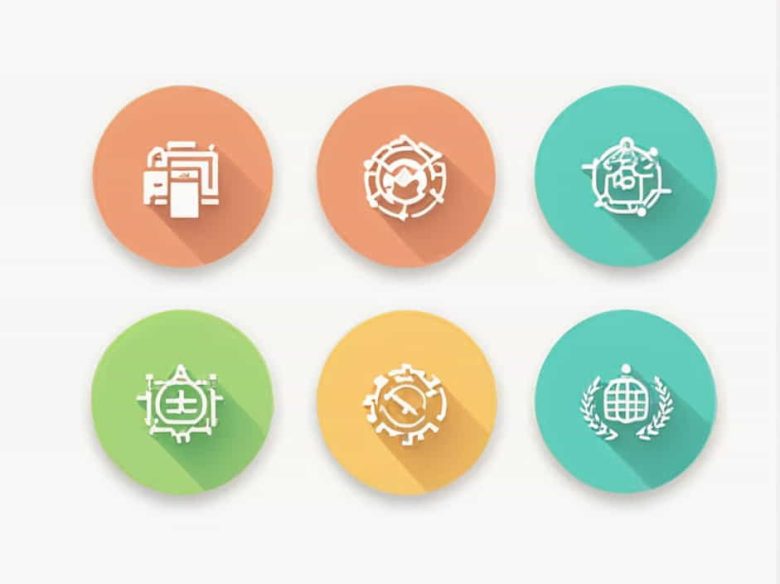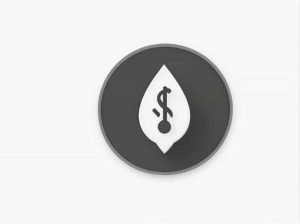Macroeconomics is the study of the overall economy including factors such as inflation economic growth employment and national income. To analyze these broad economic trends economists use various methods and models that help them understand predict and address economic issues.
This topic explores the key methods used in macroeconomic analysis their applications and how they contribute to effective policymaking.
1. Theoretical vs. Empirical Approaches in Macroeconomic Analysis
Macroeconomic analysis generally follows two primary approaches:
✔ Theoretical Approach – Develops models and hypotheses based on economic principles and logical reasoning.
✔ Empirical Approach – Uses real-world data and statistical methods to test economic theories and measure economic trends.
Both approaches are essential in macroeconomics as they work together to improve understanding and prediction of economic behavior.
2. Methods Used in Macroeconomic Analysis
Several analytical methods help economists study large-scale economic systems. Each method has its strengths and applications.
1. Deductive Method
✔ Begins with general economic theories and principles.
✔ Develops logical conclusions based on established assumptions.
✔ Used to create economic models that explain how economies function.
Example:
Classical economic theories suggest that free markets regulate themselves. This idea forms the basis for many policy recommendations in market economies.
2. Inductive Method
✔ Starts with real-world observations and data collection.
✔ Identifies patterns and trends before forming economic theories.
✔ Helps in analyzing past economic data to predict future trends.
Example:
Observing past inflation trends and their causes can help economists predict future inflation rates and develop strategies to control them.
3. Statistical Methods
✔ Uses quantitative techniques to analyze economic data.
✔ Involves sampling correlation regression analysis and hypothesis testing.
✔ Provides empirical evidence to support or refute economic theories.
Example:
Economists use GDP growth rate data and statistical models to assess the impact of government policies on economic expansion.
3. Mathematical Models in Macroeconomics
Mathematical methods are widely used to describe and analyze economic relationships. These models simplify complex interactions and allow for more accurate predictions.
1. Keynesian Models
✔ Based on the ideas of John Maynard Keynes.
✔ Focus on aggregate demand government spending and employment.
✔ Explain how fiscal and monetary policies impact the economy.
Example:
Keynesian models predict that increased government spending can boost economic growth and reduce unemployment.
2. General Equilibrium Models
✔ Analyze how different economic variables interact in a system.
✔ Explain how markets reach equilibrium in the presence of supply and demand changes.
✔ Used in predicting the effects of policy changes on the entire economy.
Example:
A general equilibrium model can assess how a tax increase on businesses affects investment employment and consumer spending.
3. Dynamic Stochastic General Equilibrium (DSGE) Models
✔ Incorporate random economic shocks to predict real-world fluctuations.
✔ Used by central banks and policymakers to forecast economic trends.
✔ Helps in evaluating the effects of monetary and fiscal policies.
Example:
DSGE models are used by the Federal Reserve to understand how interest rate changes impact inflation and GDP growth.
4. Input-Output Analysis
✔ Examines economic interdependencies between industries.
✔ Shows how changes in one sector affect others.
✔ Useful for national income accounting and economic planning.
Example:
If oil prices increase input-output analysis can help predict how it will affect transportation costs production costs and consumer prices.
5. Econometric Methods
Econometrics combines statistics mathematics and economic theory to analyze and test economic relationships.
✔ Uses historical data to estimate economic models.
✔ Helps in policy analysis by predicting future economic performance.
✔ Involves time-series analysis cross-sectional analysis and panel data analysis.
Example:
Econometric models help estimate how interest rate hikes affect housing prices and borrowing costs.
6. Simulation and Computational Methods
✔ Uses computer-based models to simulate economic scenarios.
✔ Helps economists test different policy options before implementation.
✔ Useful for studying complex economic systems that traditional models cannot explain.
Example:
A simulation model can predict how a global financial crisis would impact employment rates and consumer confidence.
7. Policy Analysis and Forecasting
Governments and economic organizations use macroeconomic analysis for policy decisions and economic forecasts.
✔ Monetary Policy Analysis – Evaluates the impact of interest rate changes inflation control and money supply adjustments.
✔ Fiscal Policy Analysis – Assesses how government spending and taxation affect economic growth.
✔ Economic Forecasting – Uses data and models to predict future GDP growth inflation rates and employment levels.
Example:
A government may use macroeconomic forecasting to decide whether to increase public investment during an economic downturn.
Macroeconomic analysis relies on a combination of theoretical models statistical tools mathematical frameworks and econometric methods to study economic trends and policy impacts. By applying these methods economists can better understand national and global economies guide decision-making and forecast future economic conditions.
Understanding these approaches helps policymakers and businesses make informed financial and economic decisions ensuring sustainable economic growth.



